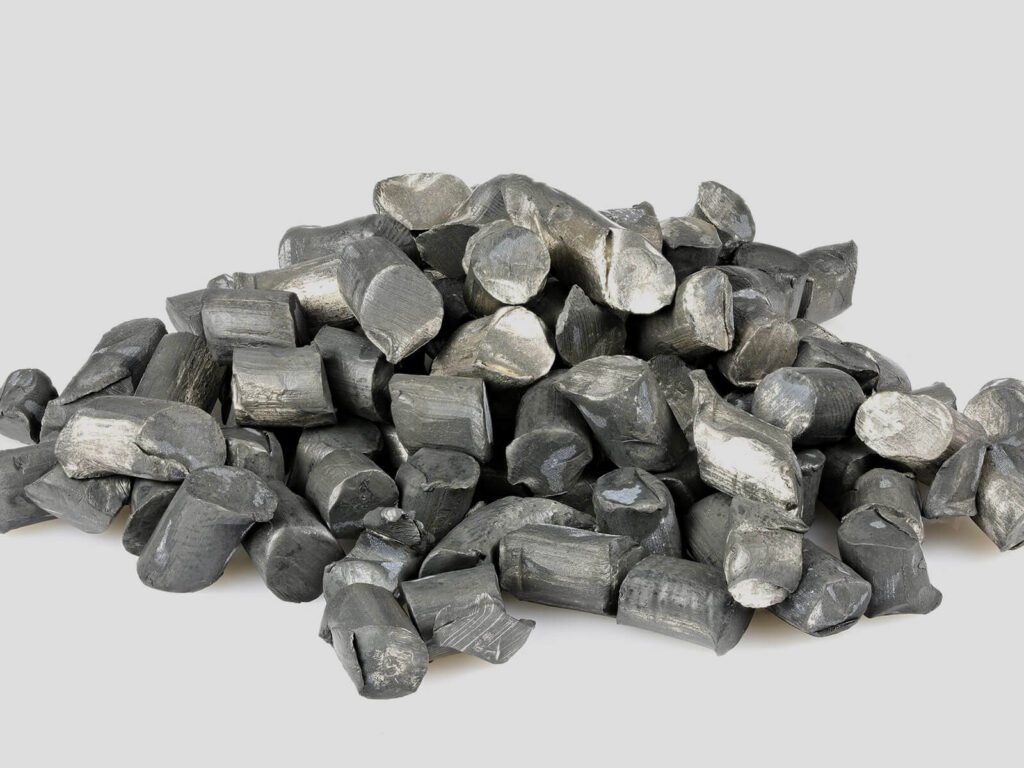This Content Is Only For Paid Member
As the year draws to a close, the outlook for lithium, a crucial battery metal, appears cautious, marking a significant shift even after a substantial decline in prices. Producers engaging in talks for 2024 contracts, primarily with clients in Asia, are witnessing a more reserved sentiment. Despite the surge in sales volumes in recent years due to the electric vehicle (EV) boom, indications suggest that this time around, volumes are likely to remain flat, accompanied by negotiations at more significant price discounts than the previous year.
The cautious tone in these discussions follows a boom-and-bust cycle in the lithium market. Prices soared to record highs in the two years leading up to 2022 amid a buying frenzy. However, this year witnessed an approximately 80% plunge in prices due to an accelerated expansion in production and disappointing battery demand.

The repercussions of lithium’s downward spiral have been profound for both buyers and sellers. Major producers like Albemarle Corp. and Ganfeng Lithium Group Co. experienced significant share declines, with some currently producing more than they can sell. On the flip side, for major users like Tesla Inc. and Ford, the shift to a buyers’ market offers relief after elevated battery prices impacted profits last year, though they now face an impending slowdown in EV sales.
Traditionally, the lithium sector negotiated long-term fixed-price supply contracts until a few years ago. However, due to volatile price swings causing challenges for battery firms and automakers, the industry transitioned to annual agreements during a contract “mating season.” These deals are typically struck at premiums or discounts to a spot price index.
Ongoing lithium talks, lasting from November until year-end, indicate that supply volumes being discussed are relatively unchanged from the previous year. Notably, these discussions are centering on discounts ranging from approximately 5% to 10% to a spot price index, a notable shift from smaller discounts agreed upon last time and premiums in the preceding year. It’s worth noting that proposed discounts might only apply to supplies for part of next year and are subject to change.
Asia stands out as the primary lithium buyer, with annual contracts representing a substantial portion of purchases made by major South Korean, Japanese, and Chinese users. Currently, lithium prices are at their lowest since 2021, reversing concerns about long-term shortages from the previous year. With new production outpacing demand, users have sufficient inventories, alleviating the urgency to secure supplies—especially as some EV manufacturers reconsider their growth plans.
While some analysts suggest that lithium’s downturn may be approaching its end, a rapid turnaround appears unlikely. Global battery demand is projected to grow by 38% next year, a decline from the estimated 53% growth experienced this year, according to Rystad Energy.




